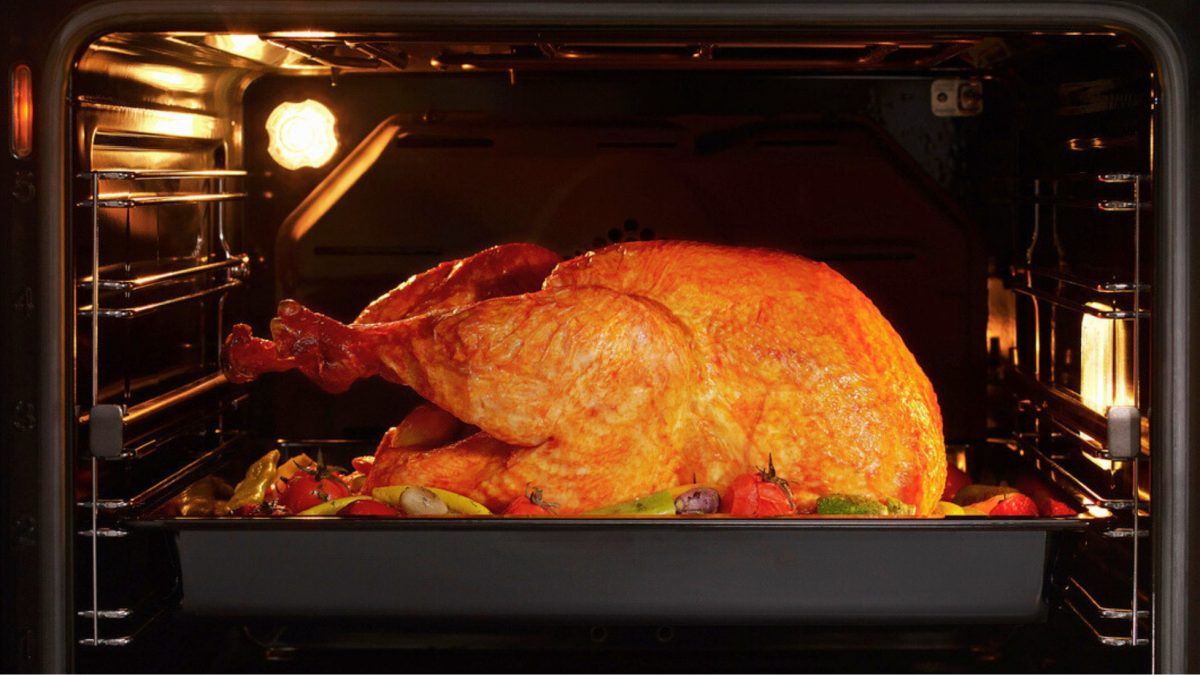
Electric ovens are highly preferable when pitted against their gas counterparts. They are easy to use and are generally more efficient. Beyond being a better option for the environment due to their lower energy consumption, electric ovens boast simplicity in operation, translating to saved time and effort in the kitchen. With their user-friendly design and energy efficiency, electric ovens emerge as an excellent choice for any household seeking a convenient and sustainable cooking solution.
How Much Does it Cost to Run an Electric Oven?

The cost of operating an electric oven is largely dependent on where you live. The electricity consumption of electric ovens and stoves is a key consideration for homeowners, particularly as electric models continue to gain popularity. On average, electric stoves use 1,000 to 3,000 watts, while ovens use 2,000 to 5,000 watts. Running a stove and oven for a combined seven hours per week amounts to approximately 1,022 kilowatt-hours of electricity per year, costing an average of $145 annually.
The wattage of your electric oven is majorly influenced by its voltage and amperage, typically connecting to a 240-volt outlet and pulling 20 to 60 amps. The cost to run an oven varies by state, with estimates ranging from $10.42 to $19.25 per month.
How to Enhance Your Cooking Efficiency When Using an Electric Oven?

Maximizing the efficiency of your electric oven goes beyond understanding its energy consumption. Simple adjustments in your cooking habits can further optimize energy usage while improving culinary outcomes. Preheating your oven to the desired temperature before placing food inside ensures even cooking and reduces overall cooking time.
Additionally, utilizing convection settings, if available, can enhance airflow and distribute heat more evenly, resulting in faster and more efficient cooking. Choosing appropriately sized cookware and avoiding overcrowding the oven allows hot air to circulate freely, promoting consistent cooking throughout the oven cavity. By incorporating these techniques into your cooking routine, you can not only save energy but also achieve better results in the kitchen.
;Resize,width=767;)
